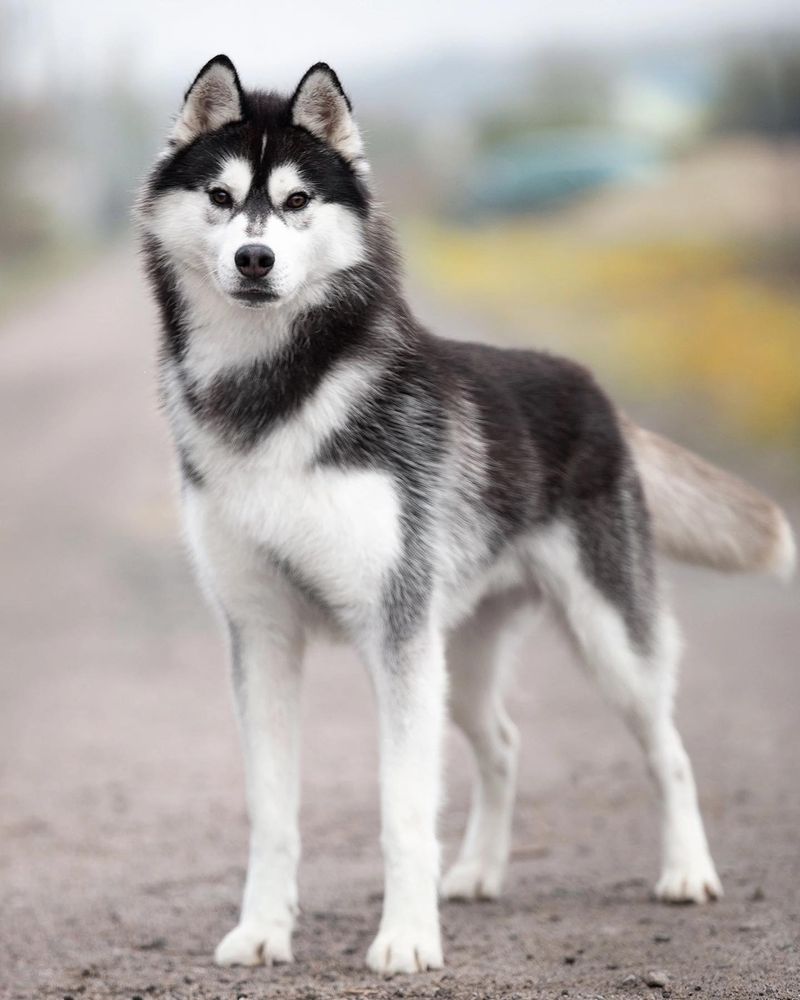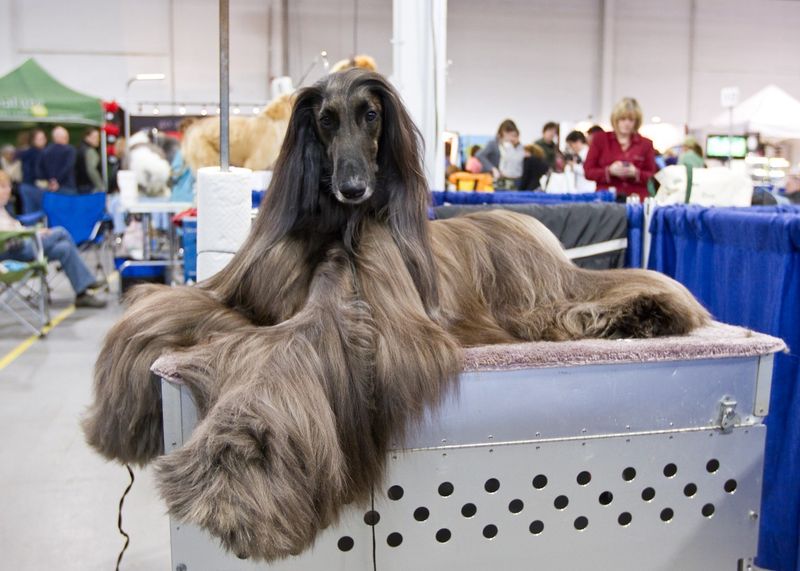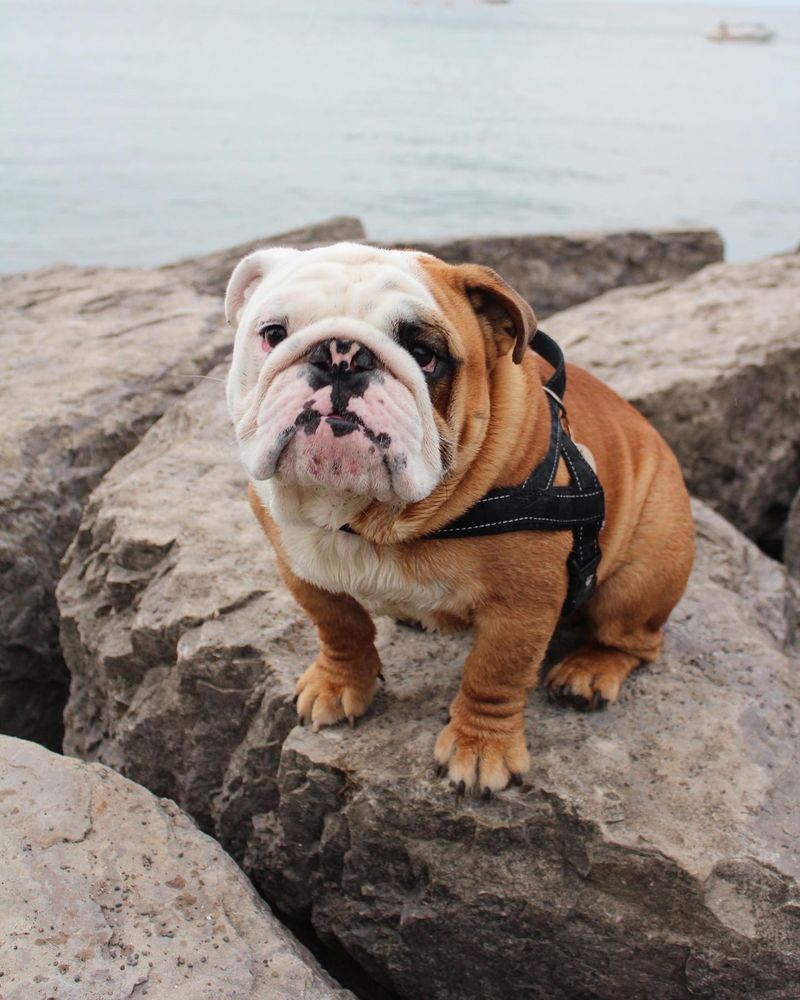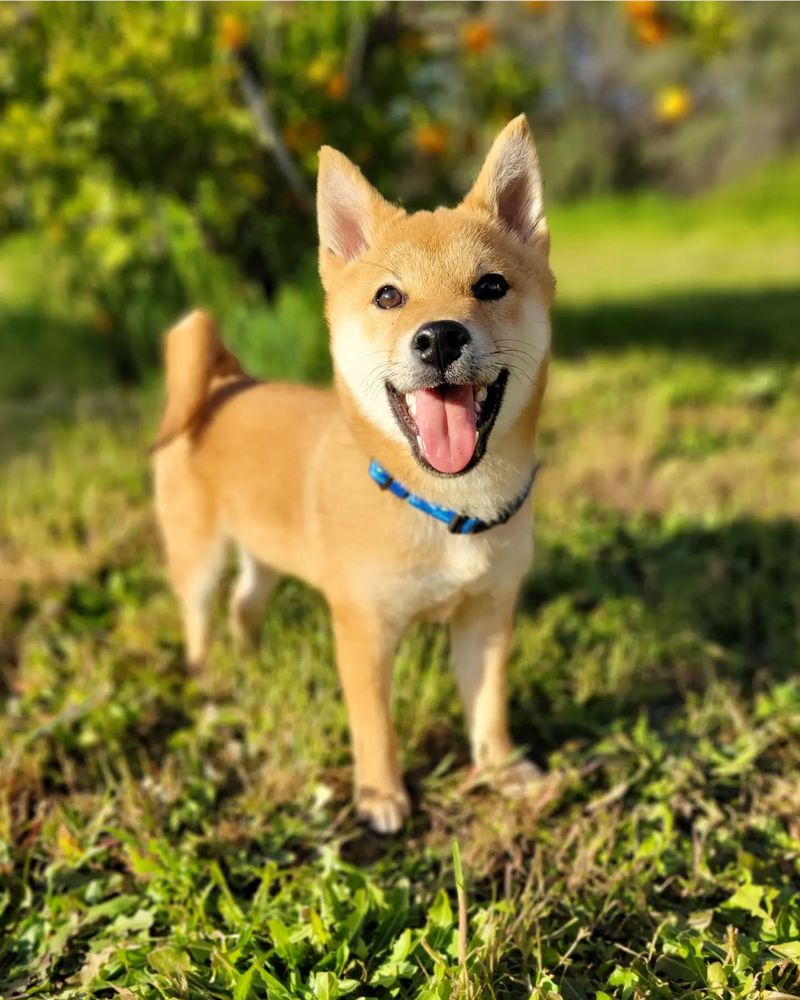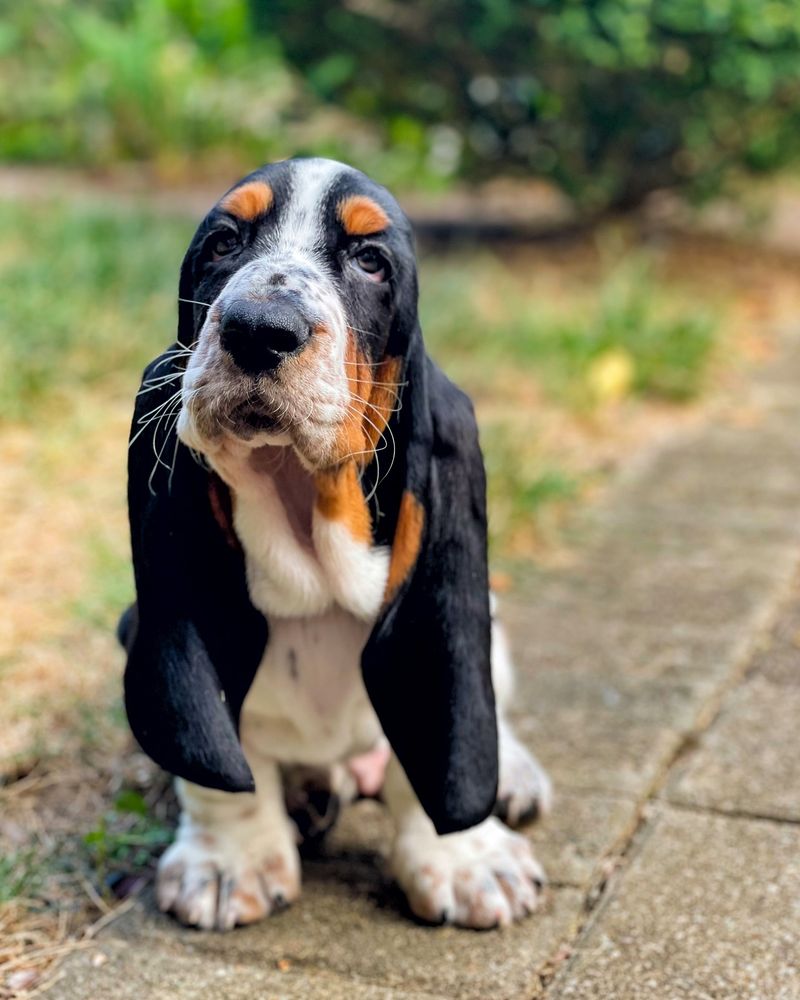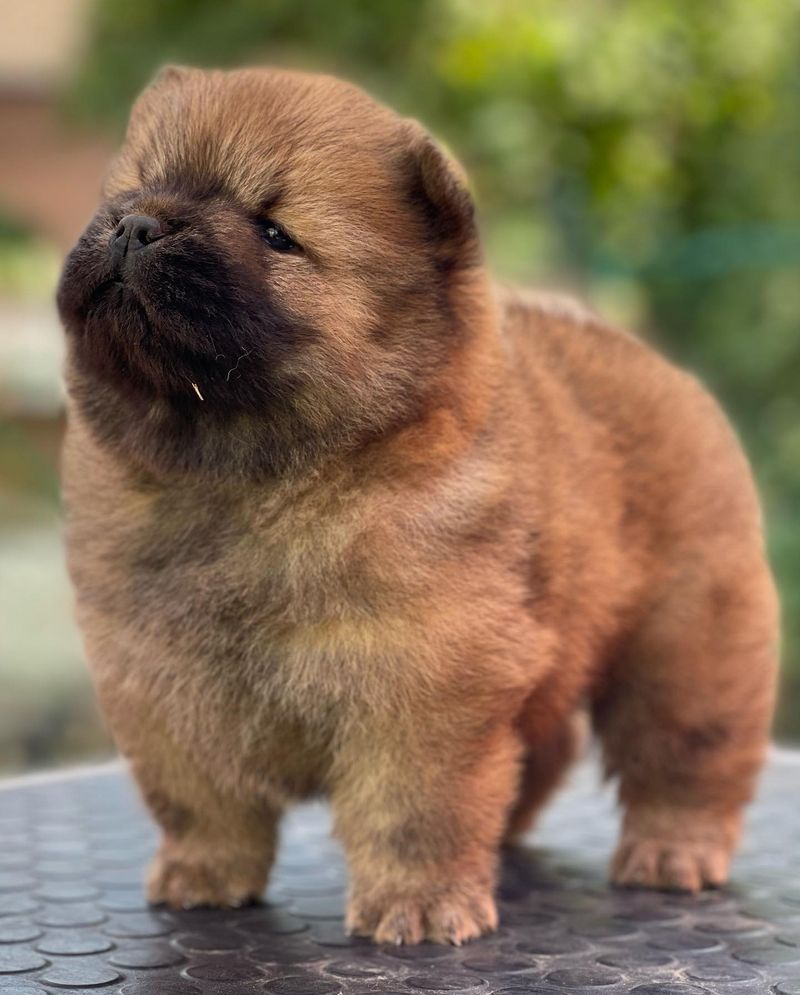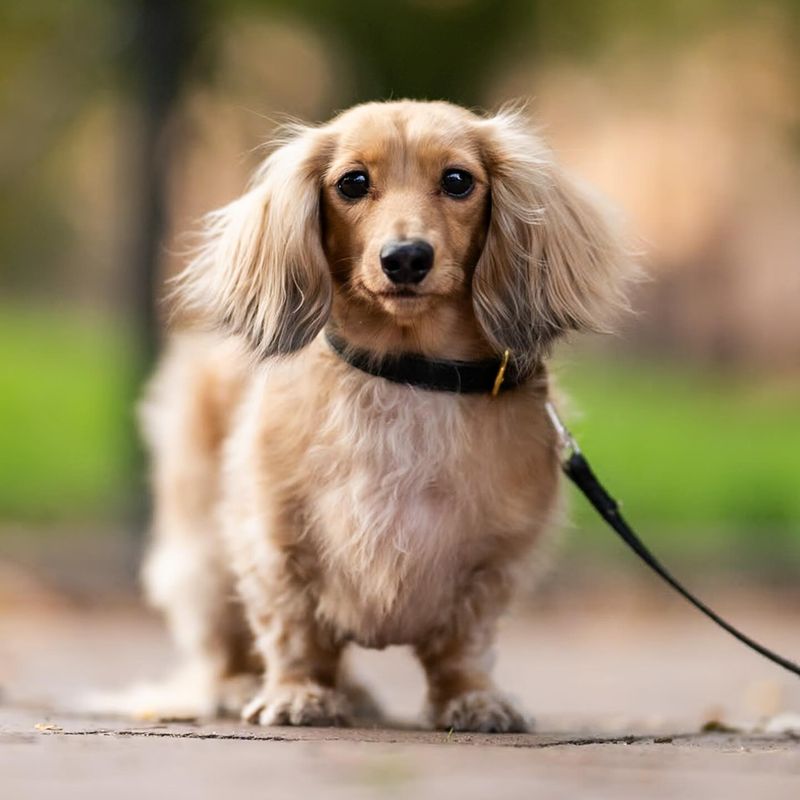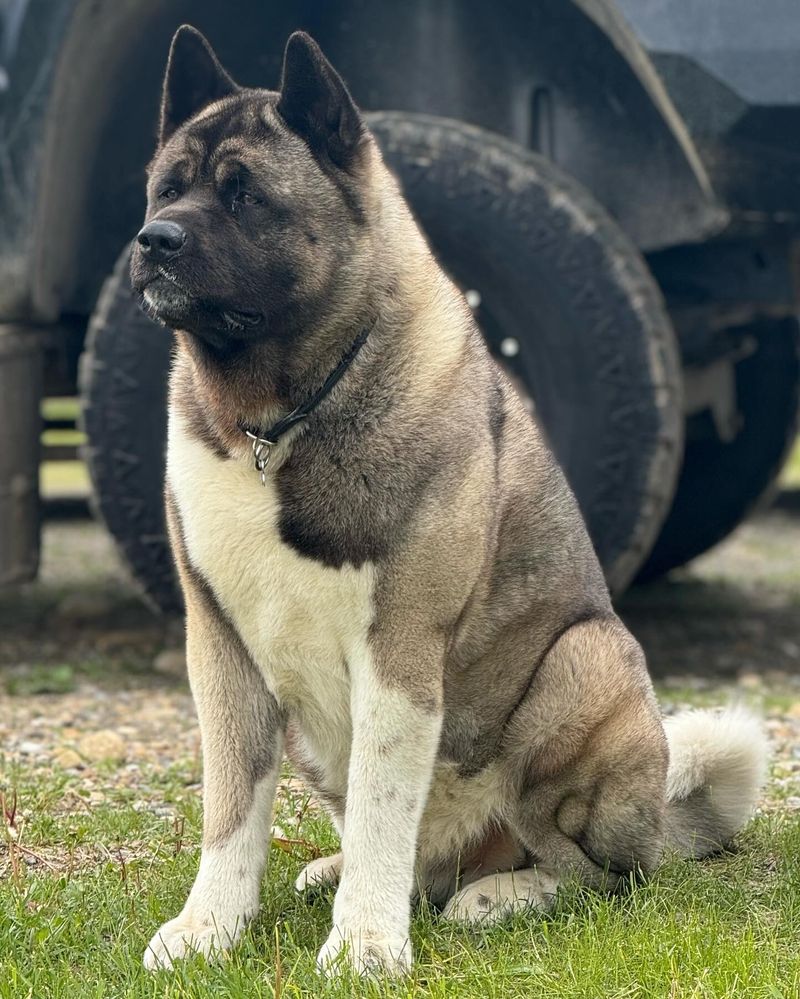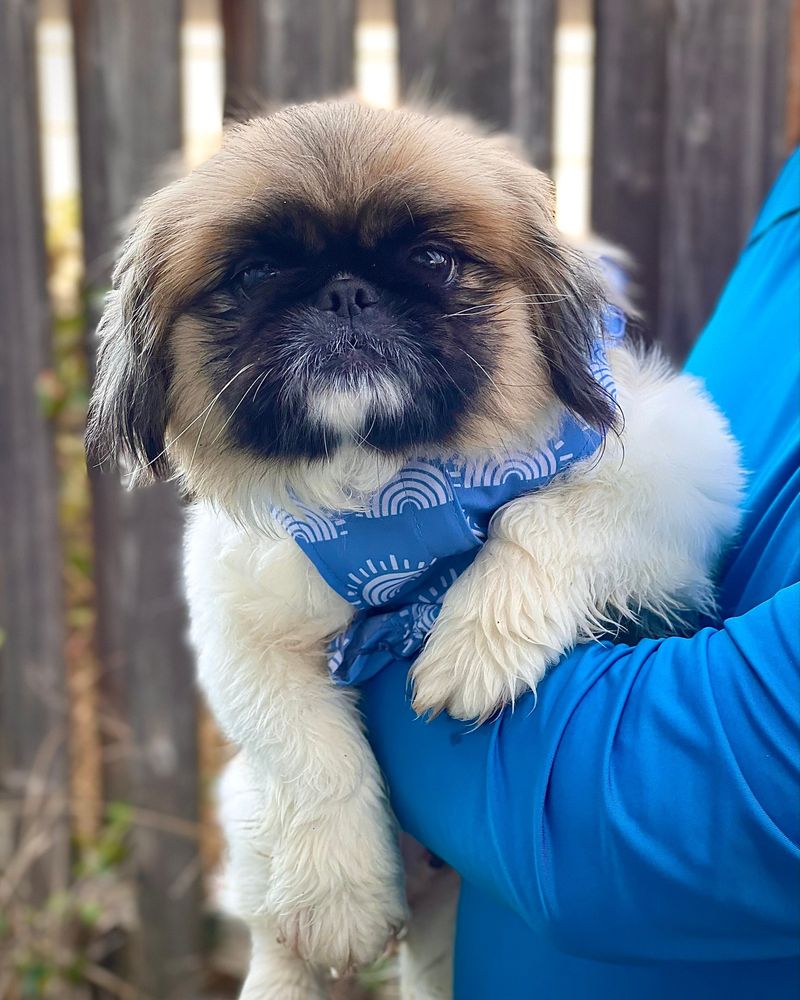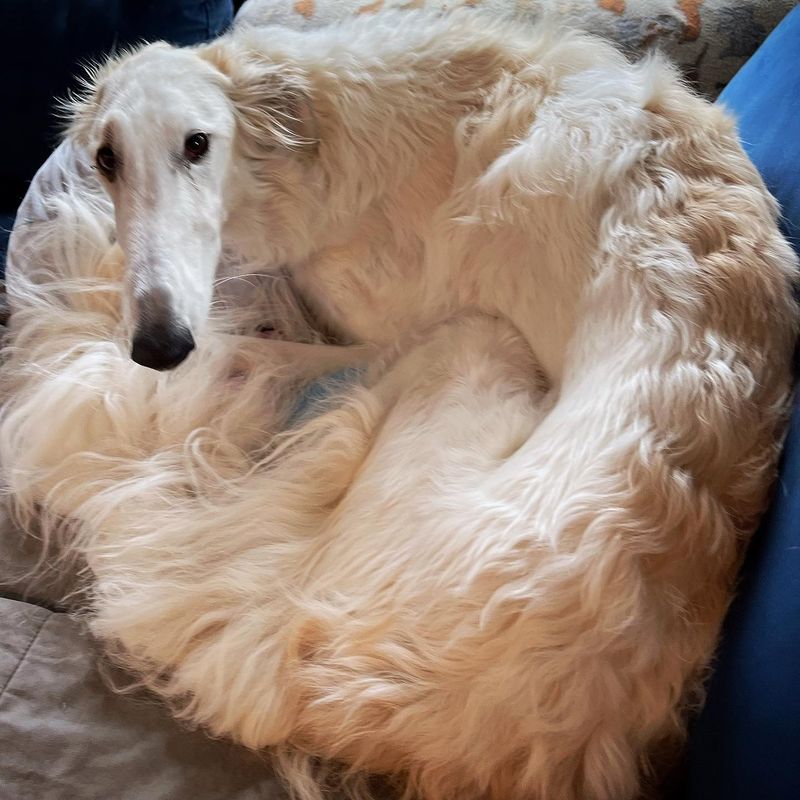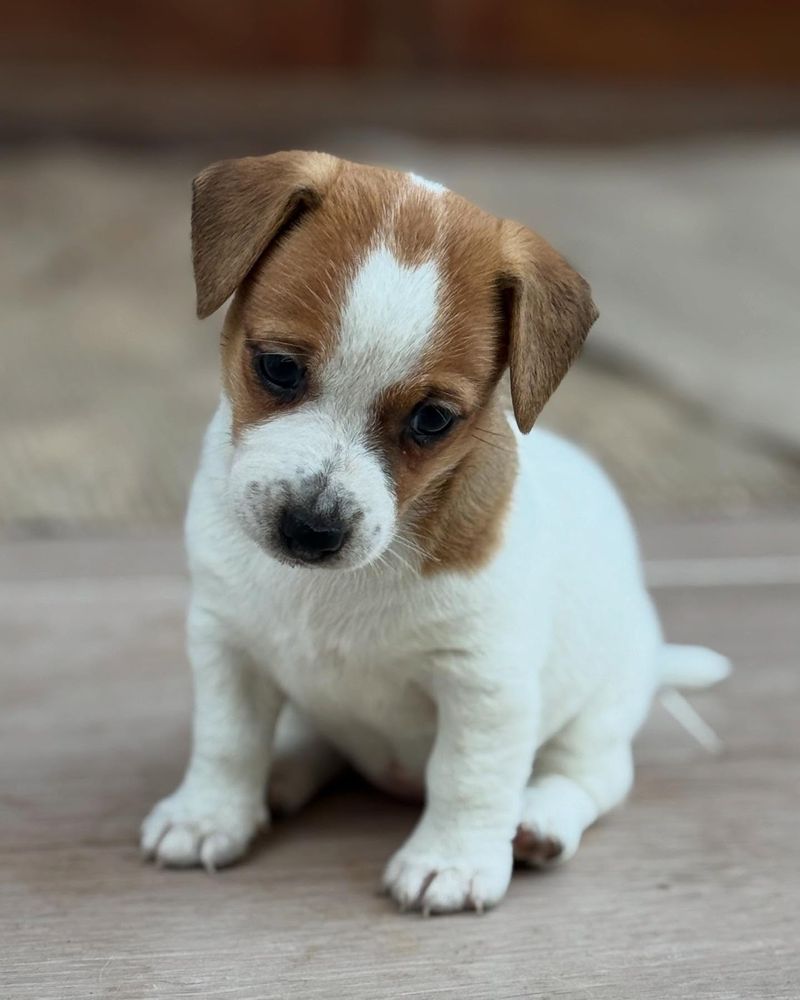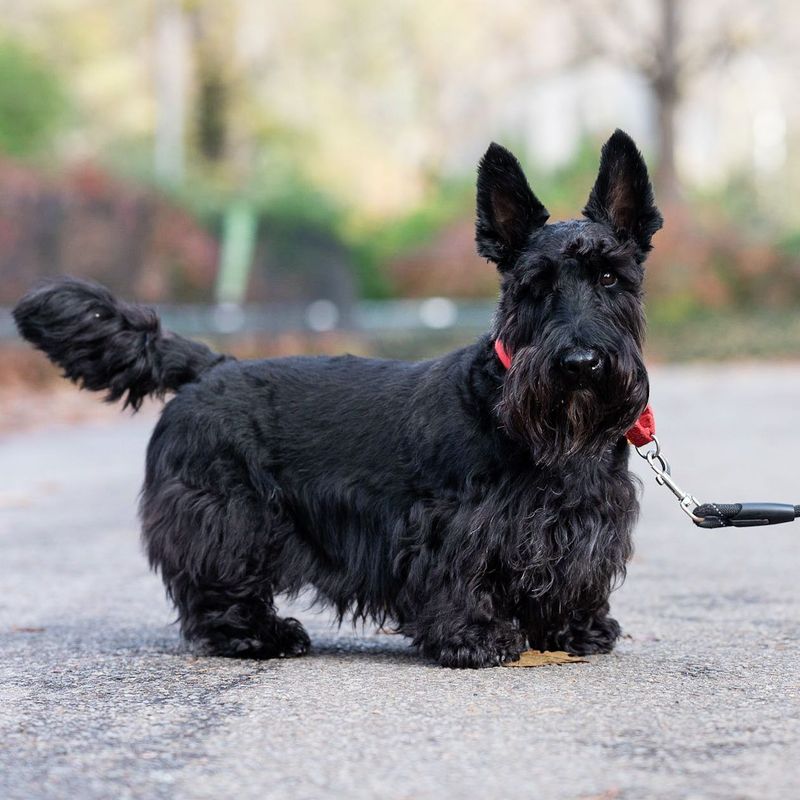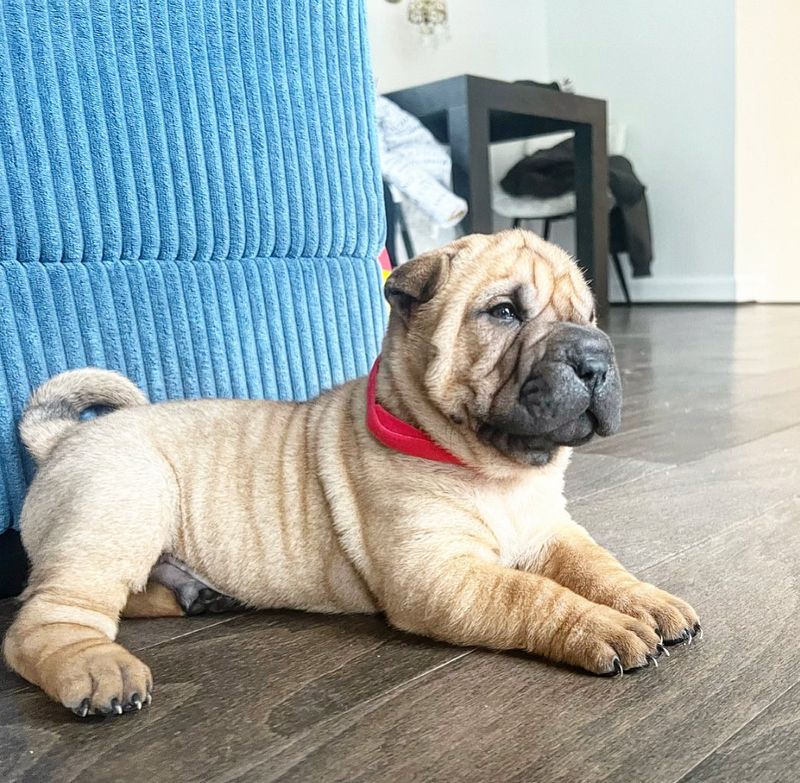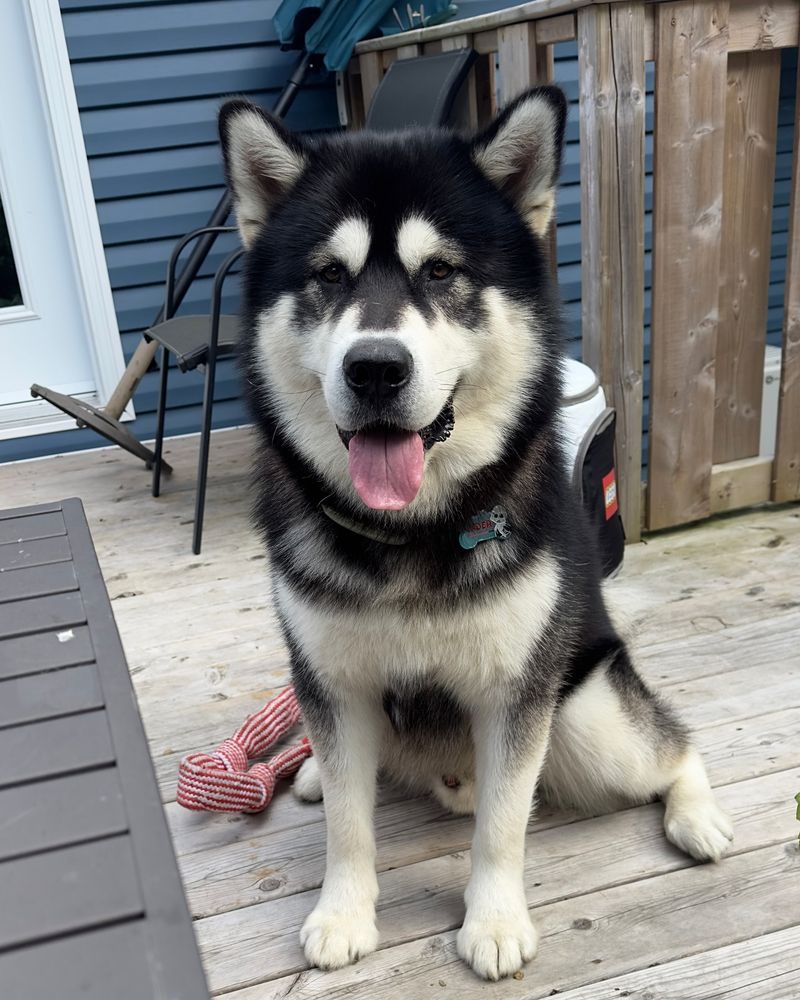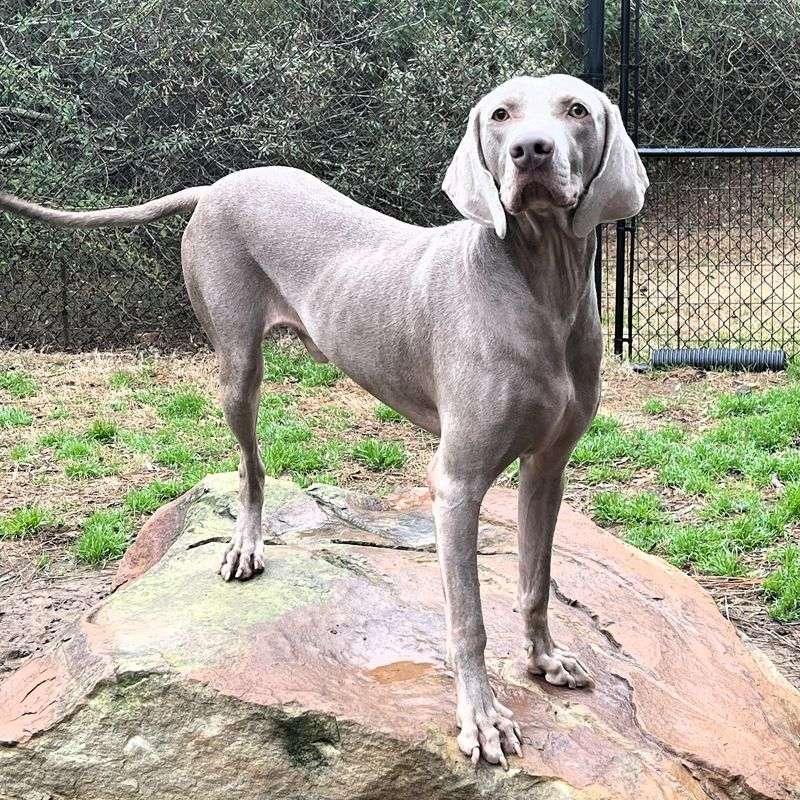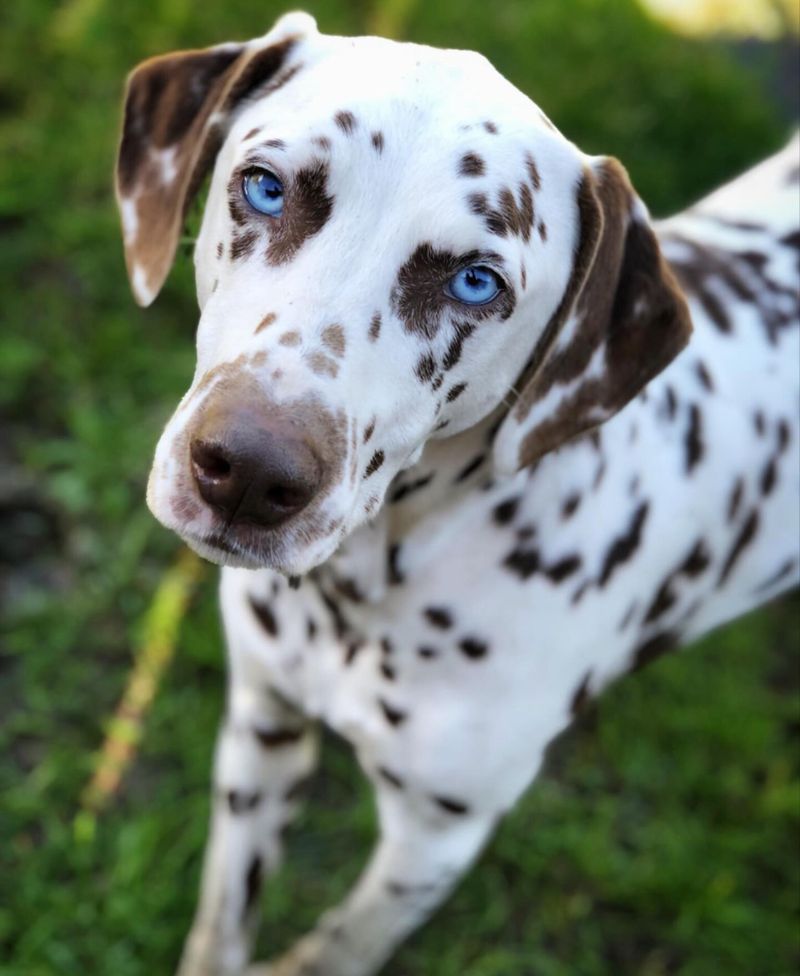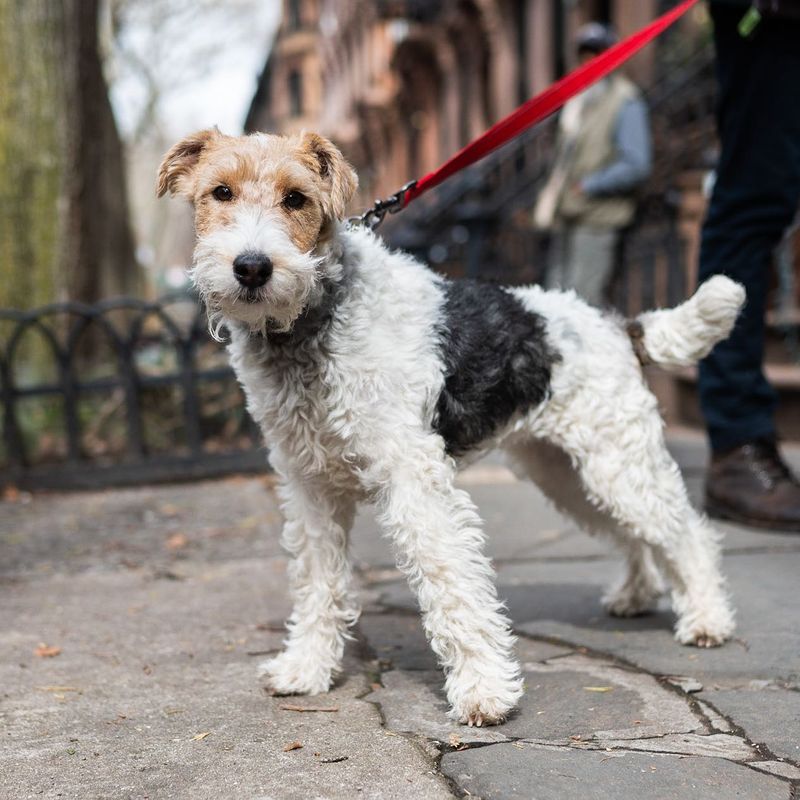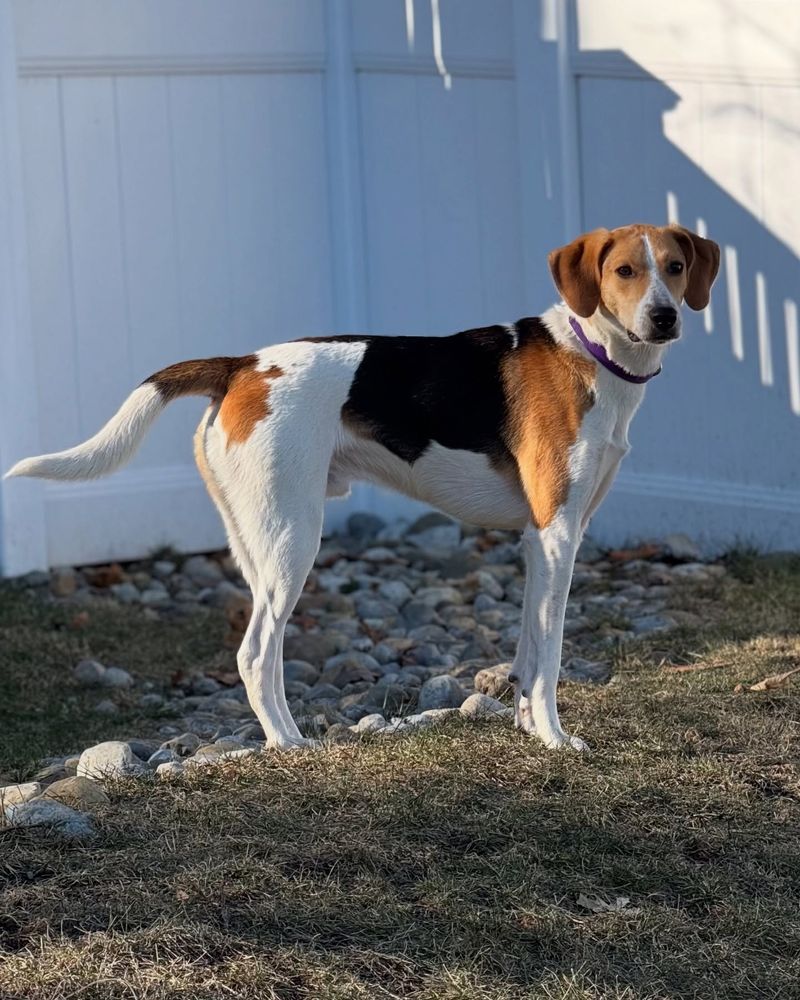20 Headstrong Dog Breeds That Make Training a Challenge
Think you’re ready to train a dog? Think again—especially if your future best friend happens to be one of these fiercely independent, strong-willed breeds. These pups aren’t here to win obedience trophies or follow commands just because you said “sit.” Nope, they’ve got minds of their own, and they’re not afraid to use them.
From the icy trails of Siberia to royal Chinese palaces and fox-filled forests, these dogs were bred with independence in their DNA. That means they’re smart, resourceful, and… let’s be honest—sometimes maddeningly stubborn. They’ll look you dead in the eye as if to say, “I heard you. I’m just choosing not to listen.” And you know what? That’s part of the charm.
Training them isn’t impossible—but it is a test of patience, creativity, and consistency. These aren’t dogs you “command.” These are dogs you negotiate with.
They’re clever enough to learn quickly but independent enough to ask, “What’s in it for me?” before following through. Whether they’re ignoring commands in favor of following a scent trail or pretending not to hear you at all, these breeds force you to become a better trainer—and a more understanding human.
But here’s the kicker: once you earn their respect, the bond you’ll build is unlike anything else. These stubborn souls love deeply, stay loyal, and bring hilarity, challenge, and heart to every day. Sure, training them can be a rollercoaster—but if you’re up for the ride, you’ll end up with a companion who’s not only smart and spirited but one-of-a-kind.
1. Siberian Husky: The Free-Spirited Snow Dog
Bred to run for miles across frozen landscapes, Siberian Huskies bring an independent streak as vast as the Siberian tundra. Their wolf-like appearance matches their wild spirit – they’re known escape artists who view fences as mere suggestions.
Training requires creativity since traditional methods often fail when a Husky simply decides “no thanks” to your commands. They respond best to engaging, game-based training that appeals to their playful nature.
Huskies thrive with experienced owners who understand their need for abundant exercise and mental stimulation. Without proper outlets for their energy, these beautiful dogs will find their own entertainment, usually involving destruction or neighborhood adventures!
2. Beagle: Nose-Driven and Notoriously Stubborn
Charlie Brown wasn’t exaggerating Snoopy’s independent nature! Beagles follow their noses with single-minded determination, tuning out commands when an interesting scent captures their attention. This hunting heritage makes them adorably frustrating training partners.
Food motivation works wonders with these hungry hounds, but consistency is crucial. A Beagle quickly learns which family members will cave to those soulful eyes and which ones hold firm to rules.
Short training sessions keep their attention before boredom sets in. Many Beagle owners report their dogs understand commands perfectly but perform a mental cost-benefit analysis before deciding whether to obey – typical of their clever, independent nature!
3. Afghan Hound: Regal and Independent
Graceful and aloof, Afghan Hounds carry themselves with aristocratic dignity. Behind those flowing locks lies a mind that operates on its own wavelength—they’re notorious for selectively ignoring commands that don’t align with their current priorities.
Ancient hunters of the Middle East, these sighthounds were bred to make independent decisions while pursuing game across rough terrain. This self-reliance remains deeply embedded in their temperament centuries later.
Positive reinforcement works best, but prepare for a dog that might gaze at you with bemused tolerance when you request a behavior. Afghan owners often joke about “negotiating” rather than training – a testament to this breed’s dignified stubbornness and independent thinking!
4. Bulldog: Lovable But Lazy Learner
Bulldogs embody determination – unfortunately, it’s often determination to avoid unnecessary effort! These wrinkly-faced characters combine stubbornness with a laid-back attitude that can make training sessions feel like moving mountains. Their history as bull-baiting dogs required both tenacity and independent thinking.
Modern Bulldogs maintain that strong-willed nature while preferring couch potato status. Short attention spans mean training must happen in brief, engaging bursts. The good news? They’re incredibly food-motivated.
The challenge becomes finding exercises that don’t trigger their tendency to overheat or exhaust quickly. Smart Bulldog owners work with their dog’s personality rather than against it, understanding that progress happens on Bulldog time!
5. Shiba Inu: The Feline-Like Canine
Famous for their “Shiba scream” when displeased, these fox-like Japanese dogs bring attitude and independence that rivals most cats. Primitive and proud, Shibas approach training as optional activities they might consider—if properly motivated and respectfully asked.
Their intelligence works both for and against training efforts. While they learn commands quickly, they also master manipulative behaviors and selective hearing when commands don’t suit their agenda.
Successful Shiba owners establish clear leadership without confrontation, making training feel like the dog’s idea. Early socialization is crucial since their natural suspicion can develop into stubbornness around strangers.
Despite these challenges, their loyal, clean nature and amusing personality make the training struggle worthwhile!
6. Basset Hound: Nose First, Commands Second
Those long, droopy ears aren’t just for show – they help waft scents toward the Basset’s powerful nose, which contains over 220 million scent receptors! This extraordinary sense of smell means training often takes a backseat to whatever fascinating trail they’ve discovered.
Bassets combine stubbornness with a laid-back approach to life that can be mistaken for low intelligence. In reality, they’re simply prioritizing their own interests over your commands. Their hunting background taught them to follow scents independently, sometimes miles from their handlers.
Patience becomes the most important training tool with these sweet-natured but willful hounds. Food rewards and gentle consistency eventually win over their cooperation, though most Basset owners accept that perfect obedience remains an elusive goal!
7. Chow Chow: The Dignified Challenger
Ancient Chinese statues feature Chow Chows for good reason – these dignified dogs have maintained their independent, almost regal bearing for thousands of years. Their aloof personality extends to training, where they question the necessity of commands rather than eagerly complying.
Behind that adorable teddy-bear appearance lies a strong-willed character that demands respect. Harsh training methods backfire spectacularly, resulting in a Chow that simply refuses to engage at all.
Successful Chow owners understand that training this breed means building a relationship of mutual respect rather than expecting blind obedience. Their loyalty, once earned, becomes unshakable despite their independent nature.
8. Dachshund: Small Dog, Mighty Willpower
Originally bred to hunt badgers underground, Dachshunds packed determination and independence into their distinctive long bodies. This hunting heritage translates to a modern companion who believes they’re in charge despite their small stature.
Training challenges stem from their combination of intelligence and stubborn streak. Dachshunds quickly figure out what you want, but then decide whether it’s worth their effort. Their notorious difficulty with housetraining stems from this independent thinking.
Many Dachshund owners report success with training when framing commands as games that appeal to their playful nature. Consistency matters tremendously – these clever dogs quickly spot inconsistencies in rules and exploit them! Despite their challenging nature, their comical personality and devoted companionship make the training effort worthwhile.
9. Akita: Powerful and Strong-Minded
In Japan, Akitas symbolize good health, happiness, and long life – but to trainers, they represent a magnificent challenge. These powerful, dignified dogs approach training with a critical eye, seemingly evaluating whether your requests deserve their compliance.
Their history as hunting and guard dogs required independent decision-making, a trait deeply embedded in their temperament. Akitas form intense bonds with their families while maintaining a self-sufficient nature that can frustrate traditional training approaches.
Successful training requires earning their respect through fair, consistent leadership rather than domination tactics. Their intelligence means they learn quickly but choose when to demonstrate that knowledge. Early socialization proves essential to prevent their natural protectiveness from becoming problematic stubbornness around strangers.
10. Pekingese: The Little Lion Dog with Big Opinions
Ancient Chinese royalty treasured Pekingese as palace companions, and these tiny dogs haven’t forgotten their imperial heritage! Their self-important attitude creates training challenges that seem impossibly large for such a small package.
Historically bred to be admired rather than to work, Pekingese approach training as optional at best. Their independent nature means they see little reason to perform tricks or follow commands without significant personal benefit.
Successful training requires patience, consistency, and a sense of humor. Their intelligence means they understand commands perfectly – they simply question why they should bother responding!
11. Borzoi: Aristocratic and Independent-Minded
Graceful as ballet dancers but stubborn as mules, Borzoi carry themselves with an aristocratic air that extends to their training attitude. Russian nobility bred these sighthounds to think independently while hunting wolves across vast open terrain.
Their gentle, quiet nature can mislead owners into thinking they’ll be easily trained. In reality, Borzoi simply don’t see the point in repetitive obedience drills. They understand commands quickly but question whether following them aligns with their current priorities.
Success comes from short, varied training sessions that prevent boredom. Harsh methods backfire dramatically with these sensitive dogs. Most Borzoi owners eventually accept a training philosophy based on compromise rather than complete control – a small price for living with these elegant, historically fascinating sighthounds.
12. Jack Russell Terrier: Too Smart for Their Own Good
Watching a Jack Russell problem-solve is like witnessing a tiny Einstein with ADHD and a mischievous streak! These compact terriers combine off-the-charts intelligence with boundless energy and a stubborn determination that can leave trainers exhausted.
Originally bred to hunt foxes independently, Jack Russells approach training with a “what’s in it for me?” attitude. Their intelligence means they learn commands incredibly quickly – and just as quickly figure out how to avoid them when inconvenient.
Boredom becomes the enemy of training success. These dogs need mental challenges as much as physical exercise, quickly becoming destructive or developing stubborn behaviors when understimulated.
Successful owners channel their Jack Russell’s intelligence and energy through sports like agility or earthdog trials rather than expecting perfect household manners.
13. Basenji: The Barkless Rebel
Known as Africa’s “barkless dog,” Basenjis communicate through yodels, howls, and expressive body language instead. This unique vocalization hints at their equally unique approach to training—namely, questioning whether your agenda matches theirs.
Among the world’s oldest dog breeds, Basenjis maintained their primitive independence for thousands of years. They hunted alongside humans in the Congo but made their own decisions in the field, a trait that persists in modern companions.
Cat-like in their cleanliness and independent nature, Basenjis can be housetrained relatively easily but struggle with commands they deem pointless. Their problem-solving abilities make them escape artists who view fences and crates as puzzles to solve. Successful owners work with their Basenji’s intelligence rather than fighting against their independent nature.
14. Scottish Terrier: Determined and Dignified
Scotties carry themselves with a dignity that seems impossible for their small size. These bearded little dogs approach life with firm opinions about everything, especially about whether your commands deserve their attention! Their history as independent vermin hunters required self-reliance and determination, traits that translate to modern training challenges.
Scotties aren’t people-pleasers by nature; they require convincing reasons to follow directions. Harsh training methods trigger their stubborn streak, resulting in a standoff you’re unlikely to win.
Successful Scottie owners use positive reinforcement while respecting their dog’s intelligence and independence. Their loyal, protective nature makes the training effort worthwhile, though most owners accept that their Scottie will always maintain opinions about which commands truly matter.
15. Chinese Shar-Pei: Wrinkled with Attitude
Those distinctive wrinkles hide a mind that operates on its own wavelength. Shar-Peis approach training with a suspicious attitude, questioning both your commands and your qualifications to issue them!
Originally bred as guard dogs, hunters, and fighting dogs in ancient China, Shar-Peis developed independent thinking and a protective nature. Their natural aloofness extends to training sessions, where they might understand commands perfectly but decide compliance isn’t currently necessary.
Their loyal, devoted nature makes the training challenge worthwhile, though most Shar-Pei enthusiasts accept that perfect obedience remains an ambitious goal with this ancient, independent breed.
16. Alaskan Malamute: Powerful Arctic Problem-Solver
Malamutes weren’t just bred to pull sleds – they needed the intelligence to navigate treacherous ice, the strength to haul heavy loads, and the judgment to make life-or-death decisions in Arctic conditions. This working heritage created a dog with opinions about everything!
Larger and more powerful than their Husky cousins, Malamutes approach training with an analytical mind. They quickly distinguish between necessary commands and those they deem optional. Their pack-oriented nature means they respect fair leadership but question arbitrary rules.
Physical corrections backfire dramatically with this powerful breed. Successful owners establish themselves as worthy leaders through consistency and fairness.
17. Weimaraner: The Velcro Dog with Separation Anxiety
Originally bred as hunting companions for German nobility, Weimaraners combine intense energy with equally intense attachment to their people. Their nickname “Velcro dogs” hints at their clingy nature – and the training challenges this creates.
Their stubborn streak emerges primarily around separation issues. Highly intelligent and people-oriented, Weimaraners can learn commands quickly but develop destructive behaviors when left alone or inadequately exercised.
Successful training requires addressing their separation anxiety while providing abundant exercise and mental stimulation. Without proper outlets, their stubborn side emerges through destructive behaviors. Most Weimaraner owners find success through consistent training combined with dog sports that channel their athletic abilities and problem-solving intelligence.
18. Dalmatian: Energetic and Strong-Willed
Beyond their famous spots lies a dog breed with seemingly limitless energy and equally abundant opinions! Originally bred as carriage dogs who ran alongside horses for miles, Dalmatians maintain that athletic stamina and independent thinking in modern homes.
Their stubborn streak emerges when bored or under-exercised, which happens easily with this high-energy breed. Intelligence combined with strong will creates training challenges that surprised many families who adopted Dalmatians after Disney’s 101 Dalmatians popularity.
Successful training requires channeling their energy through consistent exercise and mental challenges. Their people-oriented nature means they learn quickly when properly motivated.
19. Fox Terrier: Small Package, Mighty Determination
Fox Terriers pack terrier tenacity into a compact, energetic package that can overwhelm unprepared owners. Their hunting background created a dog with lightning-quick reflexes, boundless energy, and a stubborn streak when pursuing their goals.
Training challenges stem from their combination of intelligence, prey drive, and independent thinking. Fox Terriers quickly understand commands but evaluate whether following them aligns with their current interests. Their natural digging and chasing instincts can override obedience training in exciting moments.
Successful owners channel their Fox Terrier’s energy through consistent training and appropriate outlets for their hunting instincts. Barn hunt, earth dog trials, and agility provide perfect venues for their natural abilities. Despite training challenges, their playful, affectionate nature makes them beloved companions for those who appreciate terrier determination.
20. American Foxhound: Independent Hunter with Selective Hearing
George Washington helped develop this breed for pack hunting, creating dogs that follow their noses with unwavering determination. Modern American Foxhounds maintain that independent hunting spirit, making training a unique challenge.
Their stubborn streak emerges most notably around recall commands – once on a scent trail, Foxhounds operate in their own world where human voices become background noise. This single-minded focus served them well in hunting but creates significant training hurdles for pet owners.
Successful training works with their pack mentality and food motivation rather than against their hunting instincts. Most experienced Foxhound owners accept that off-leash reliability remains challenging and focus instead on managing their environment.

